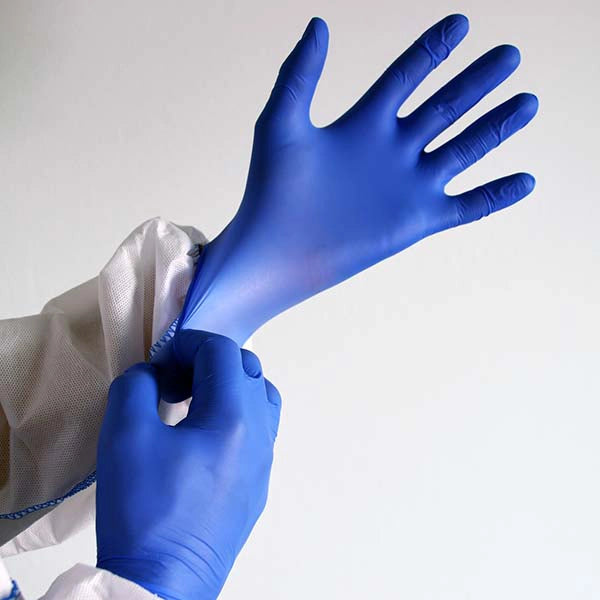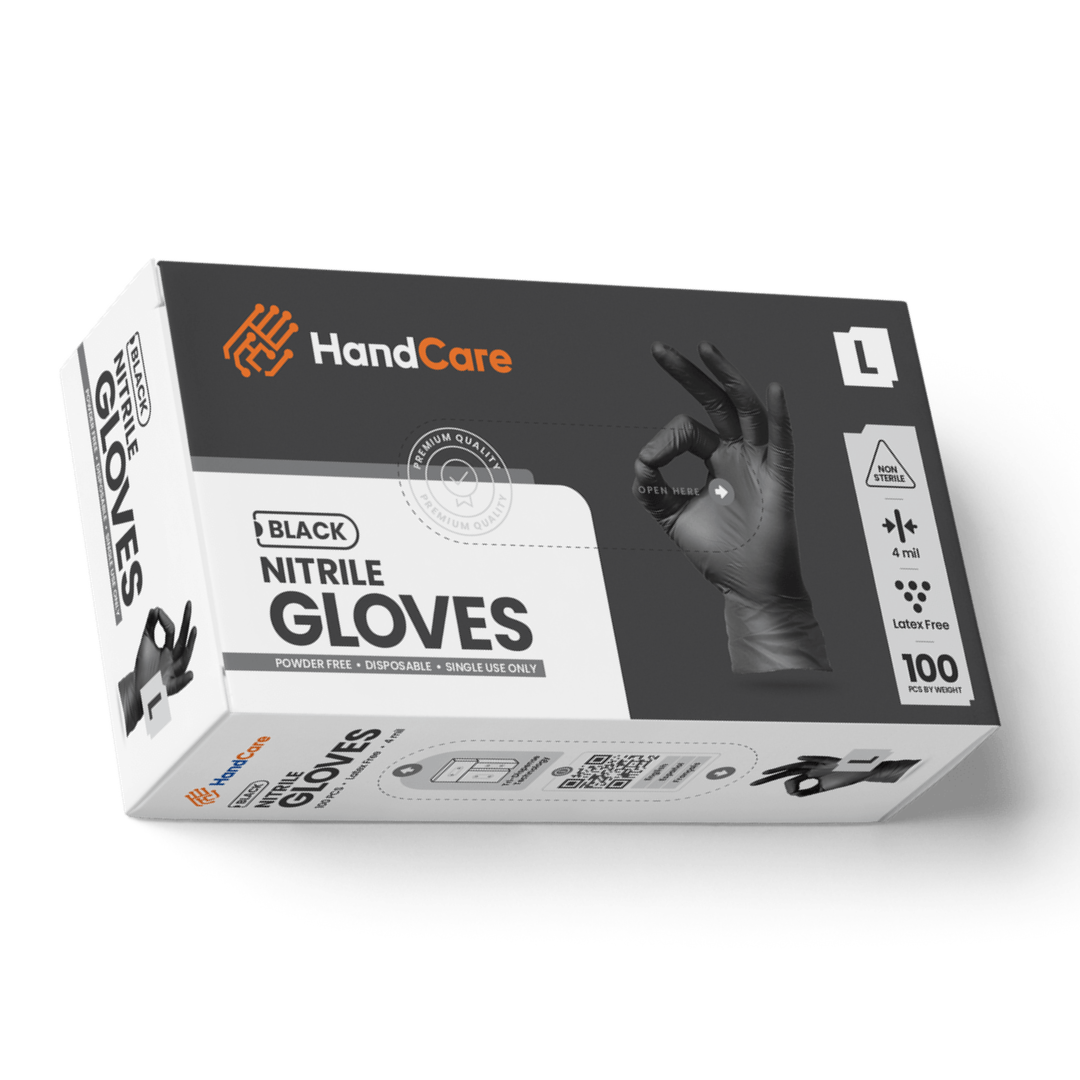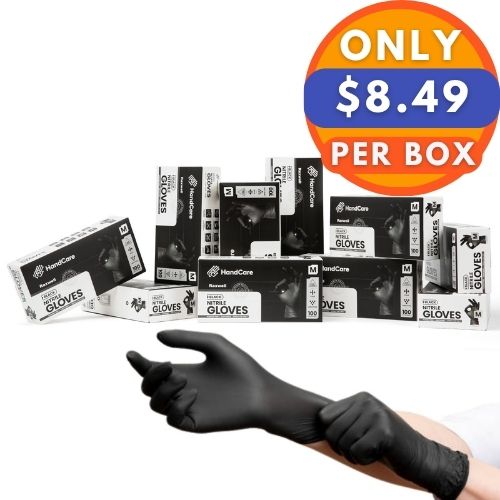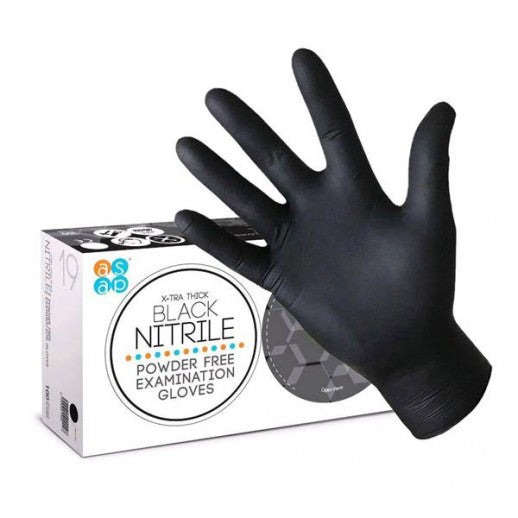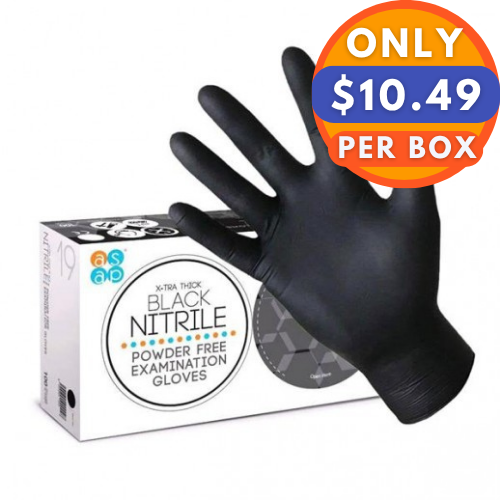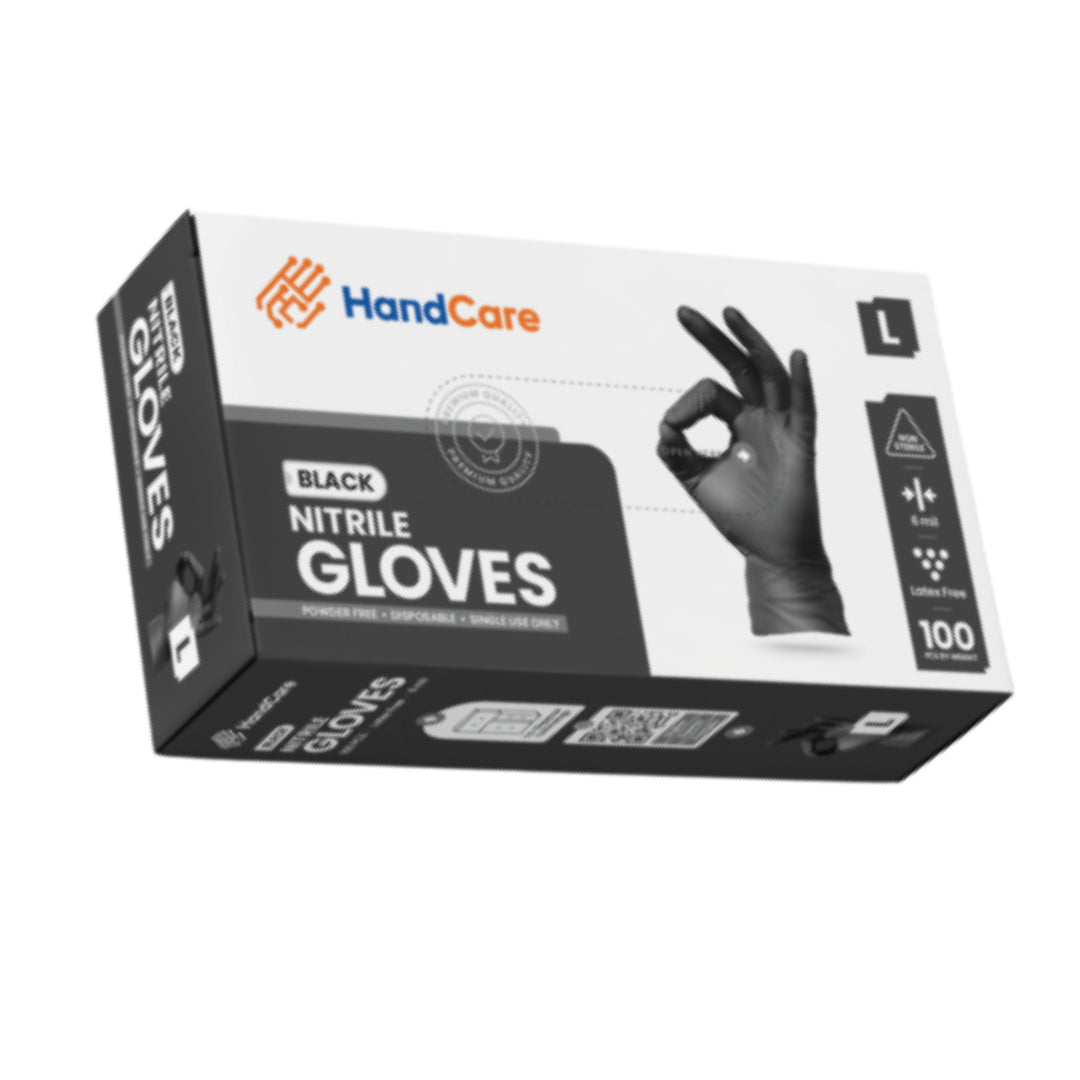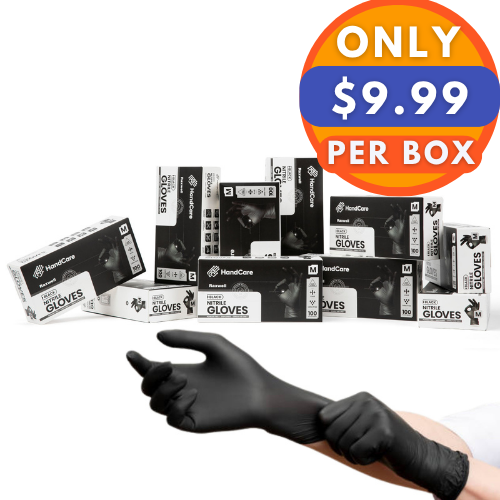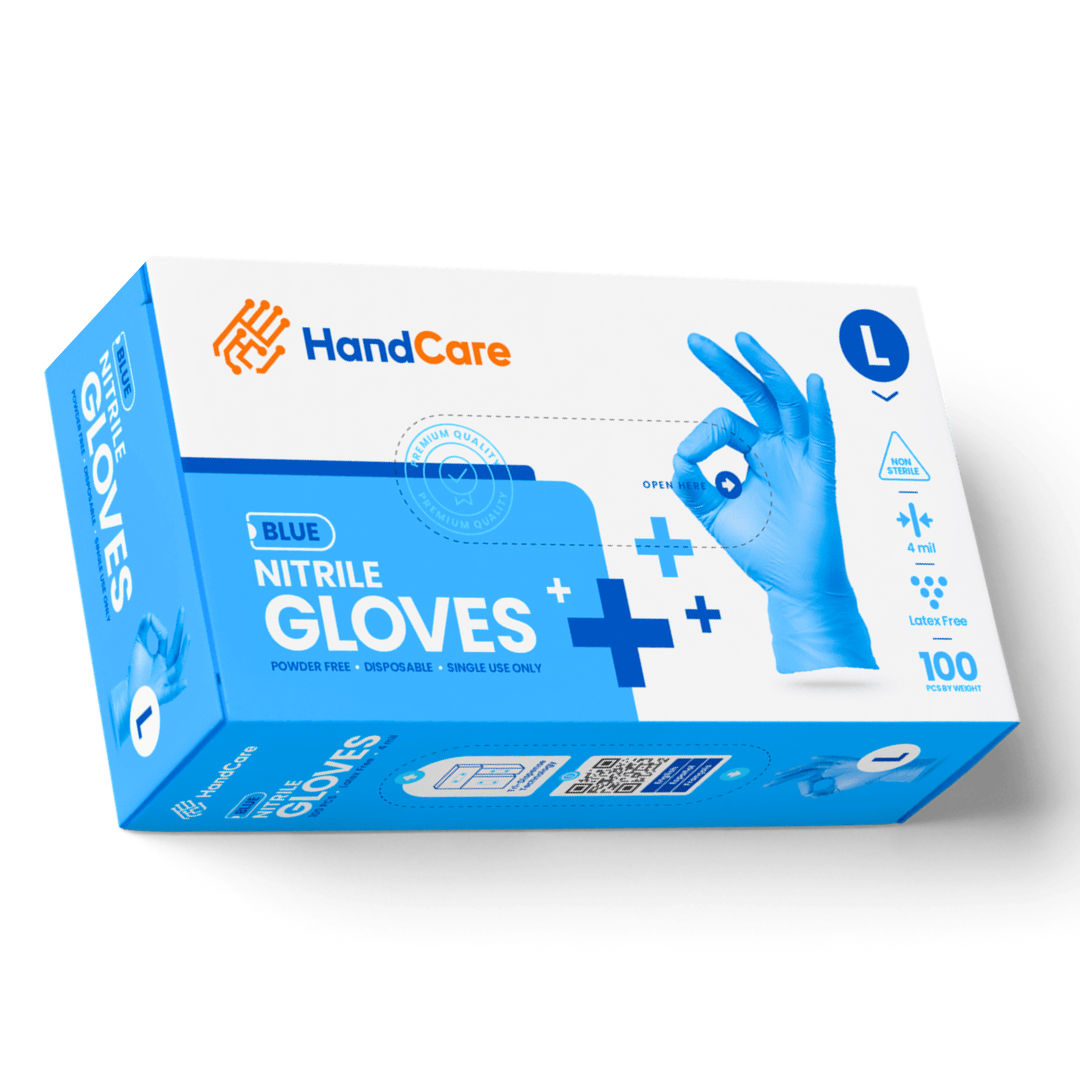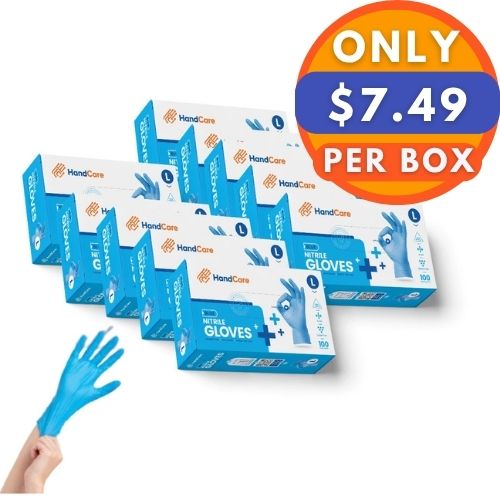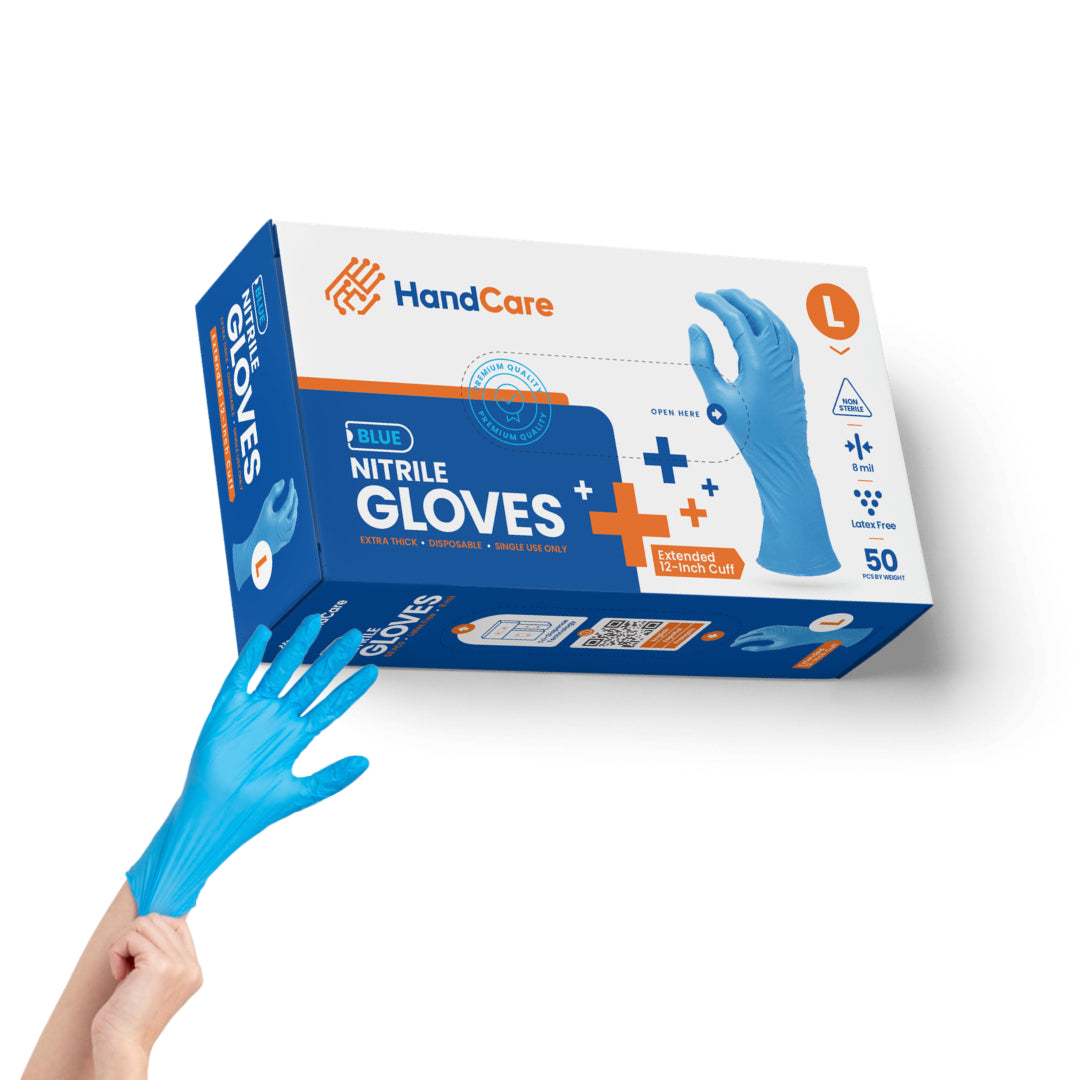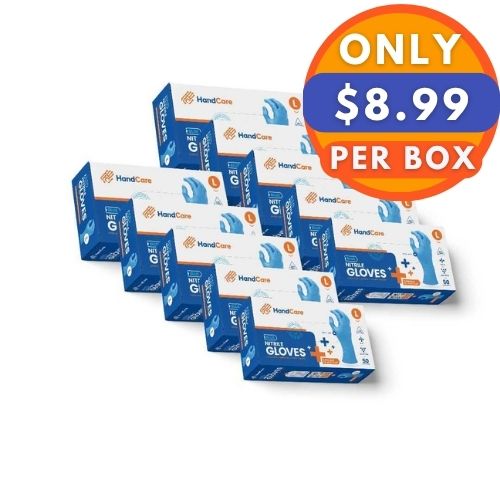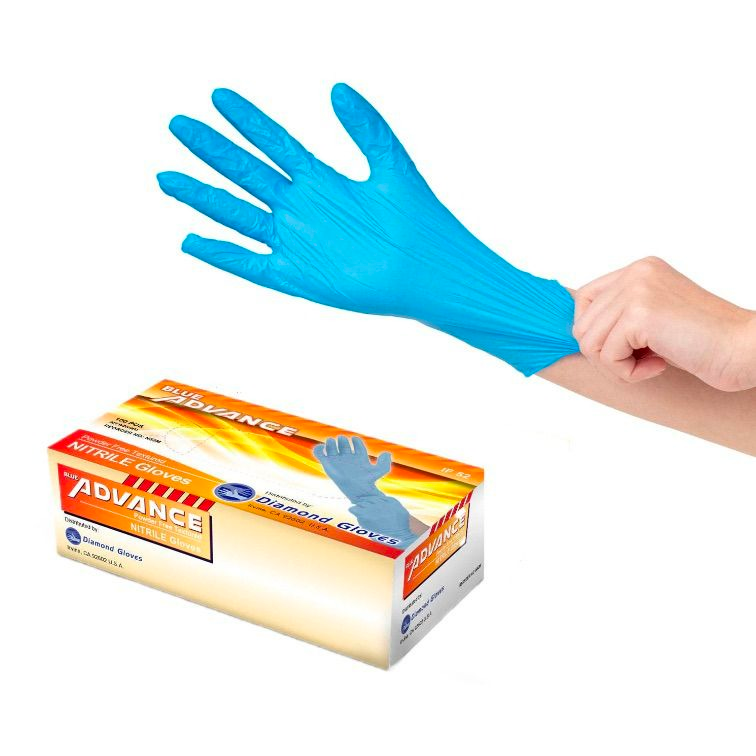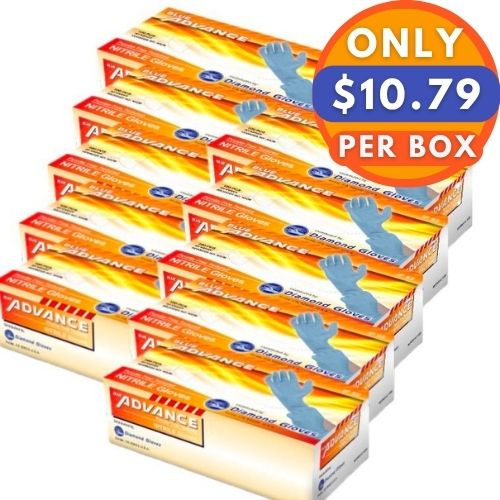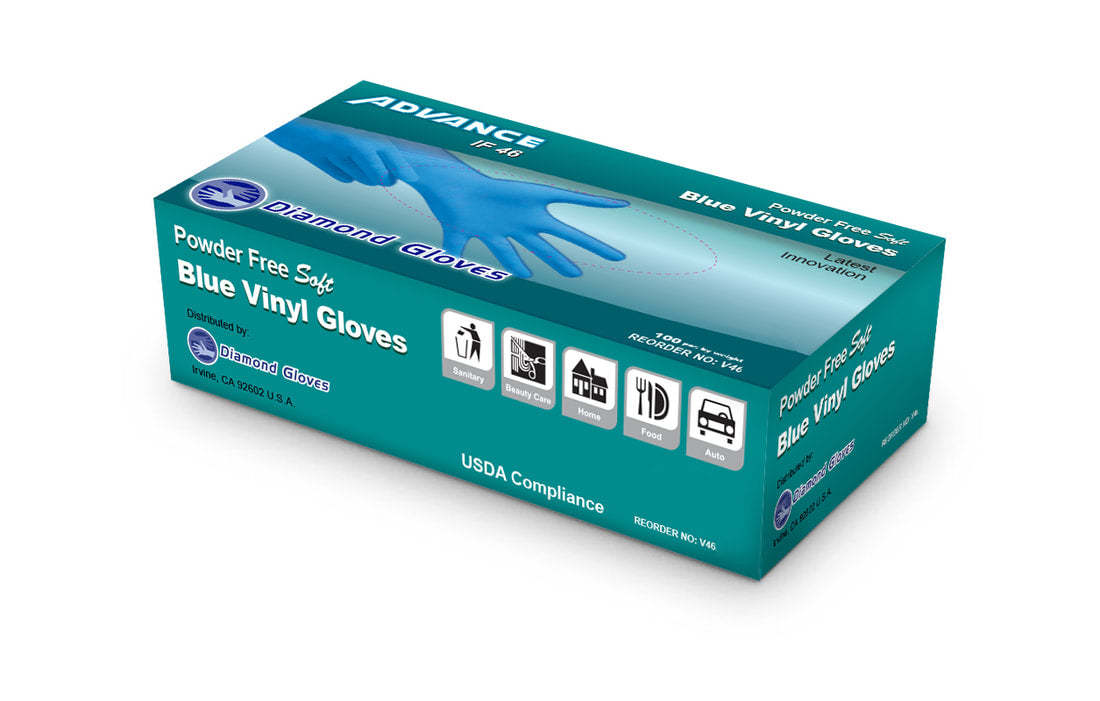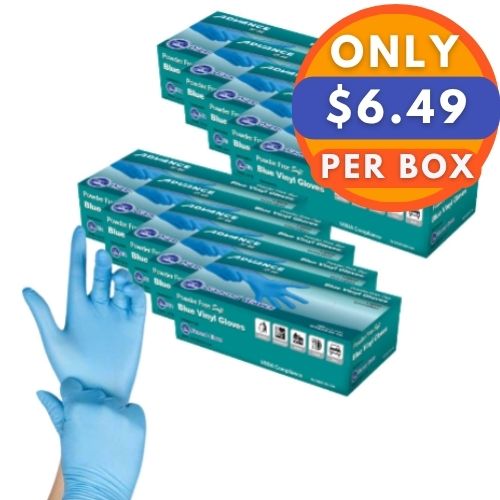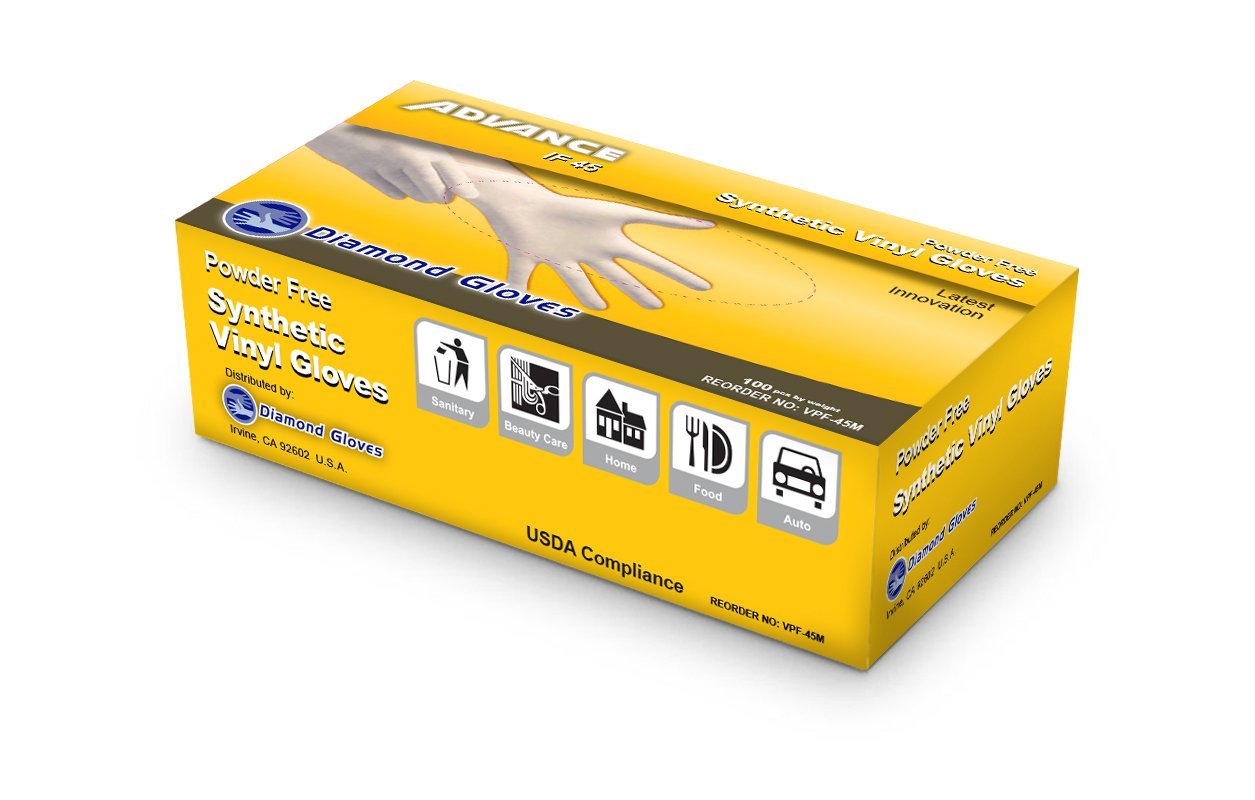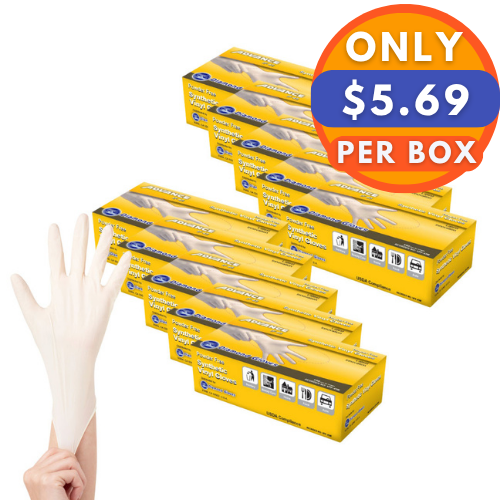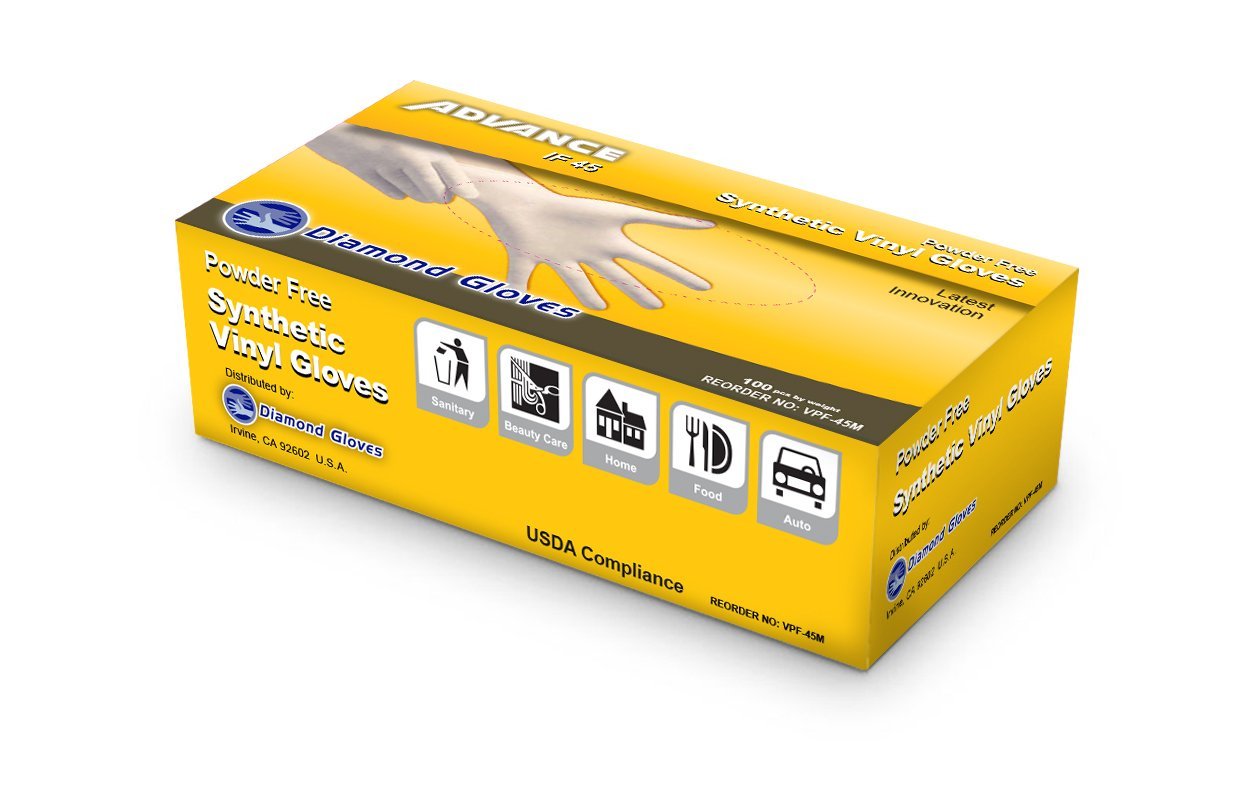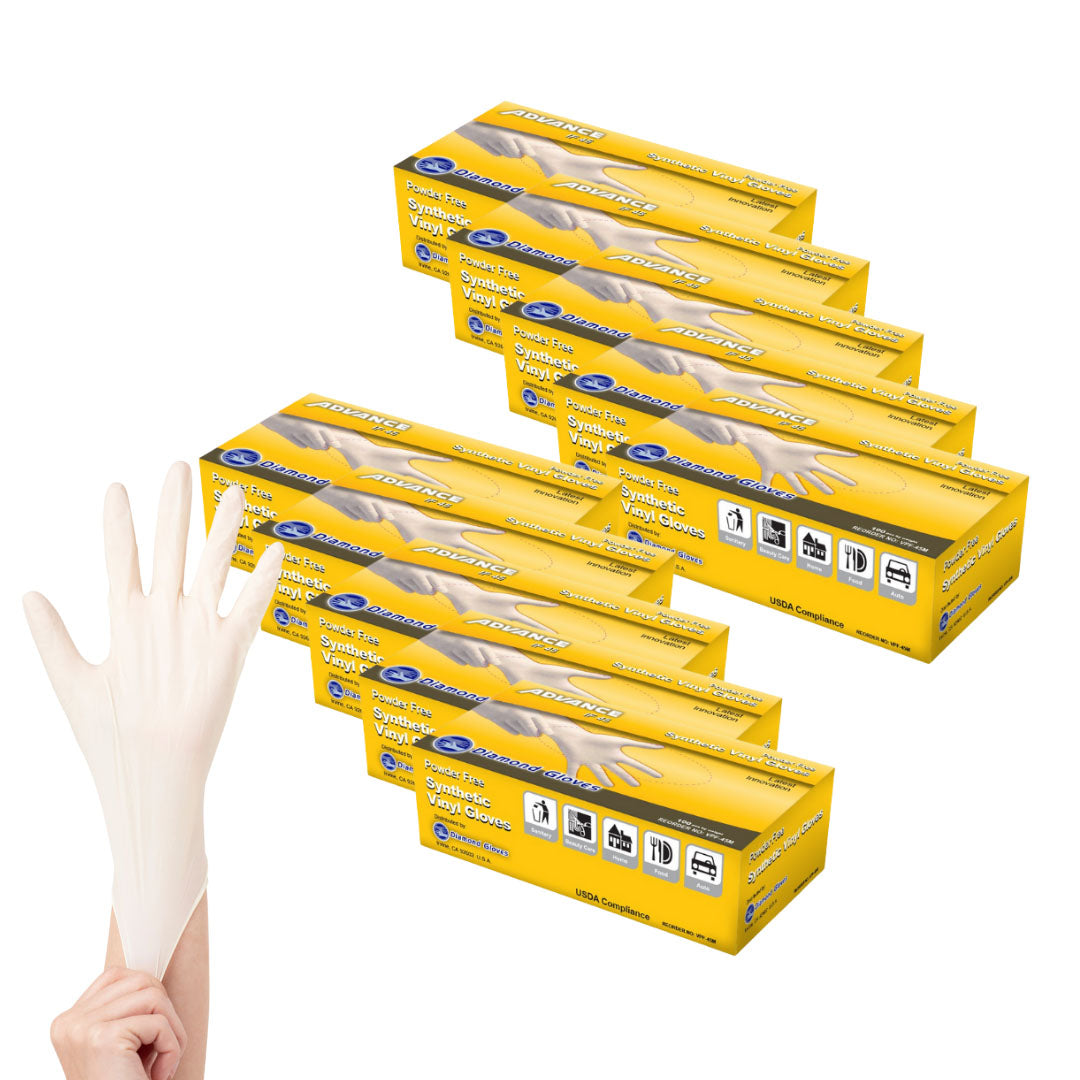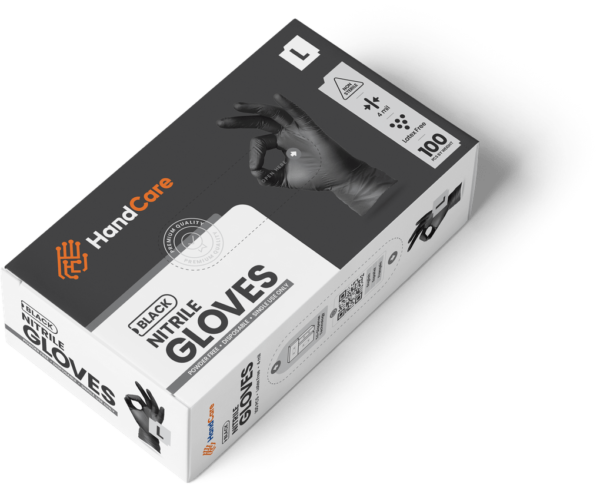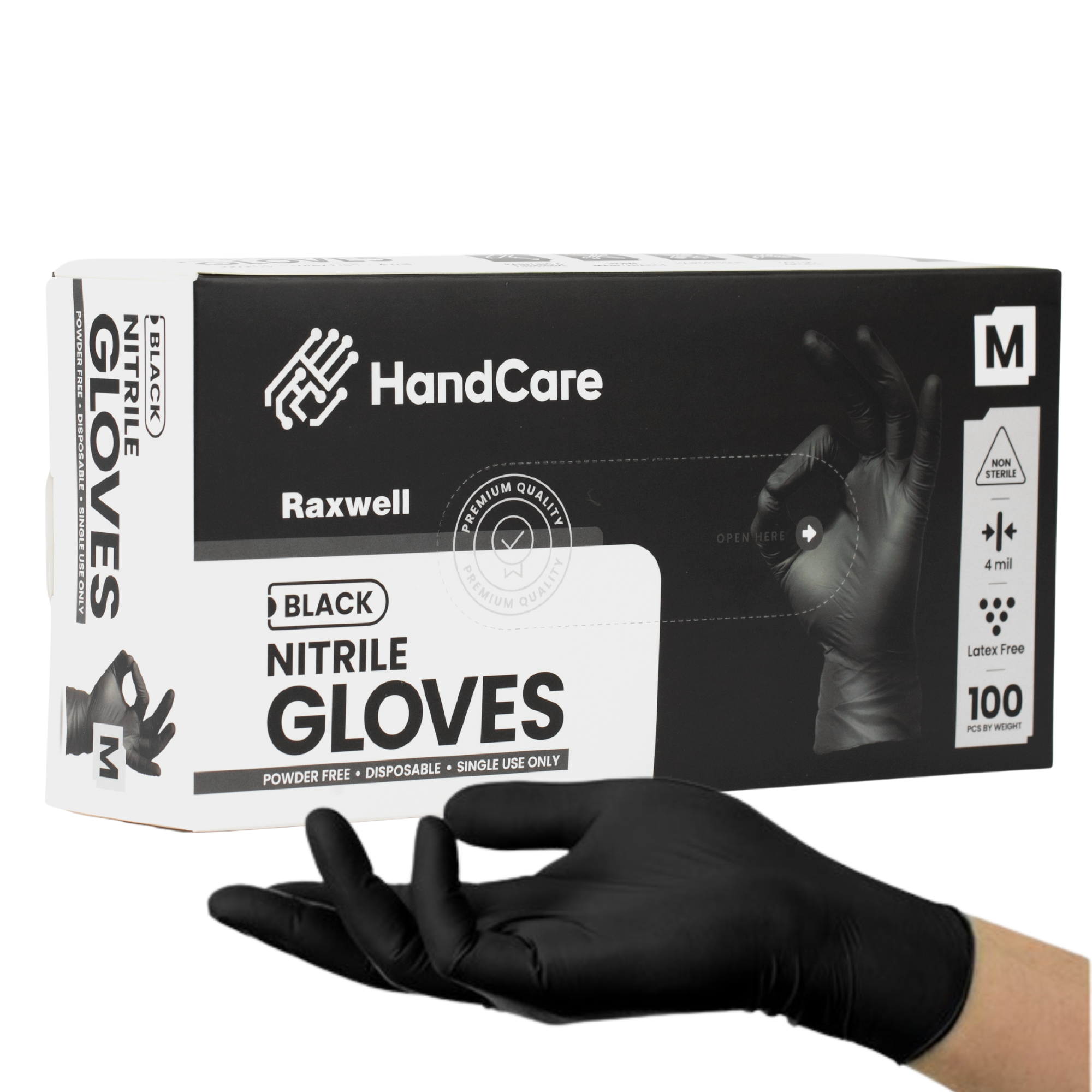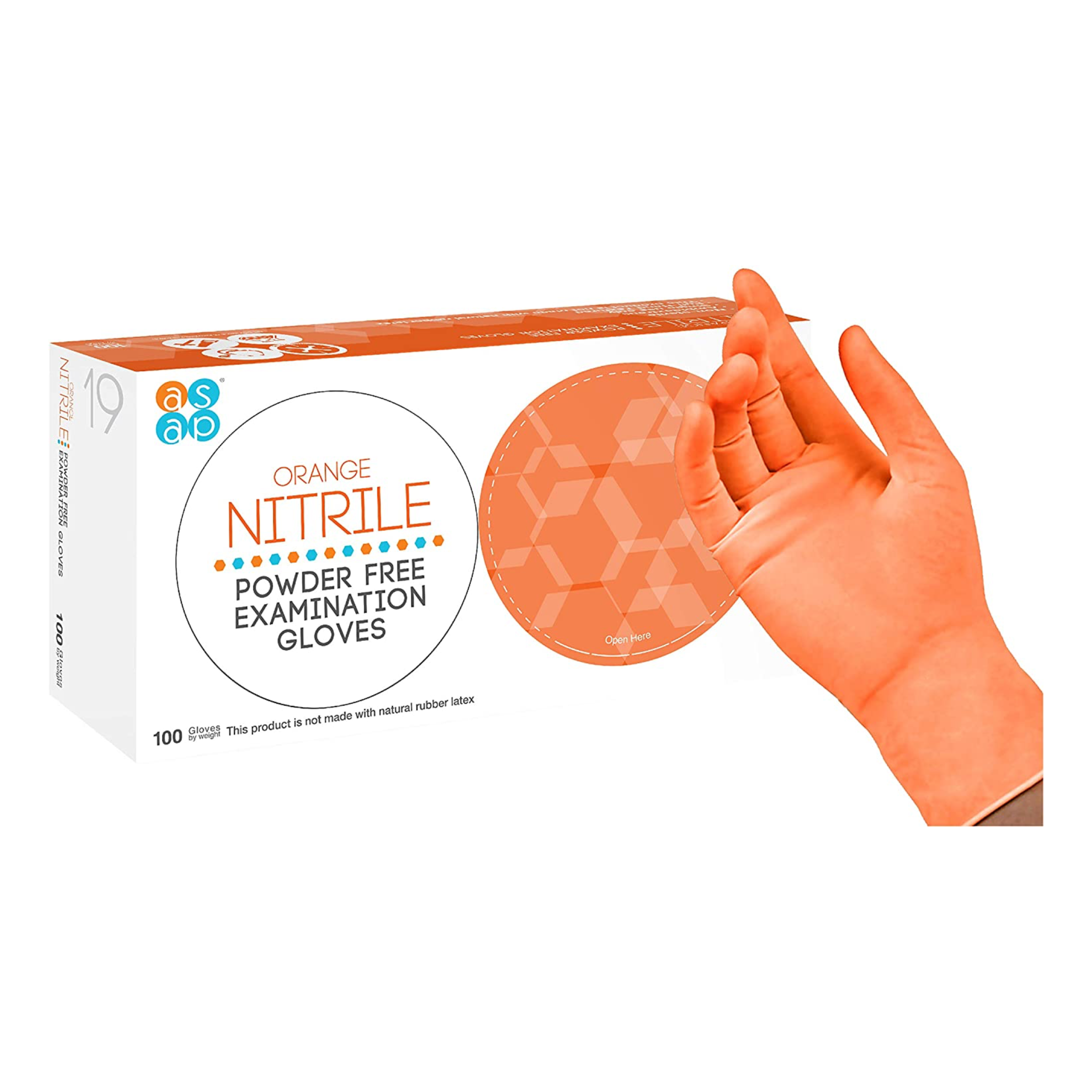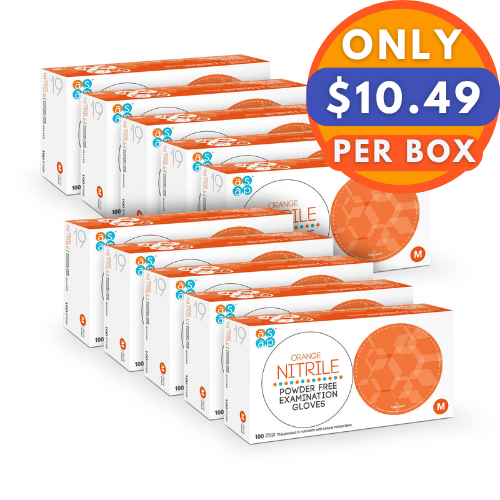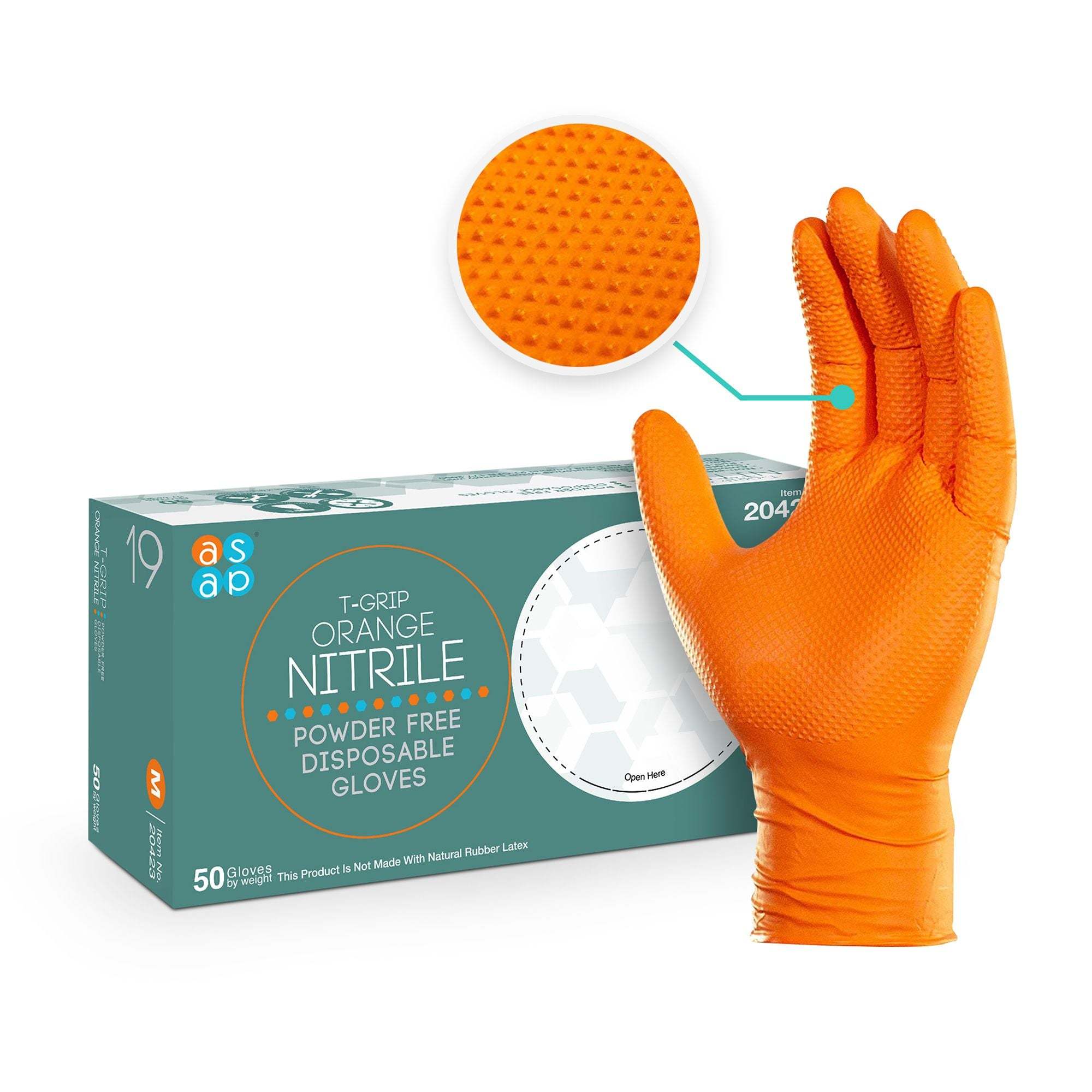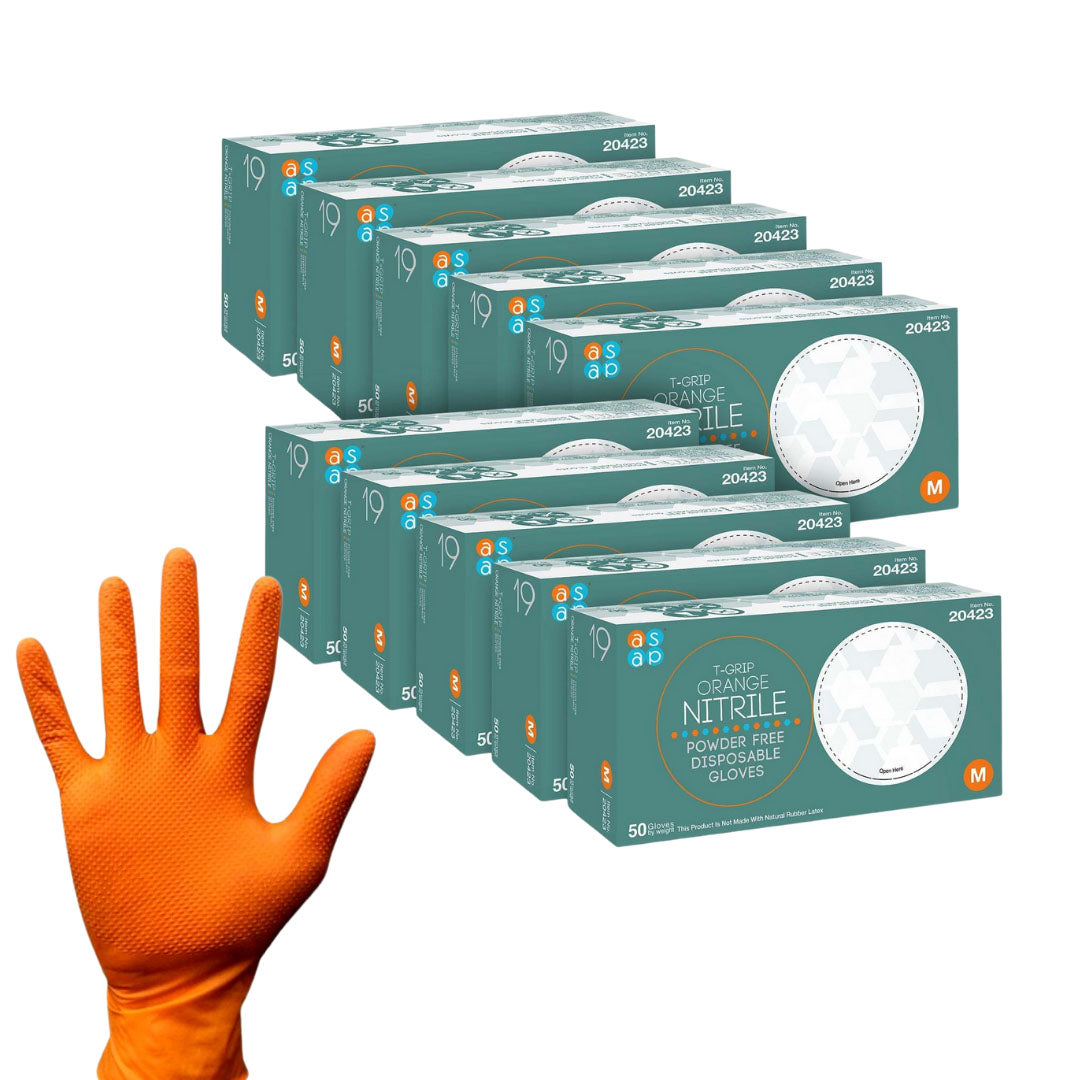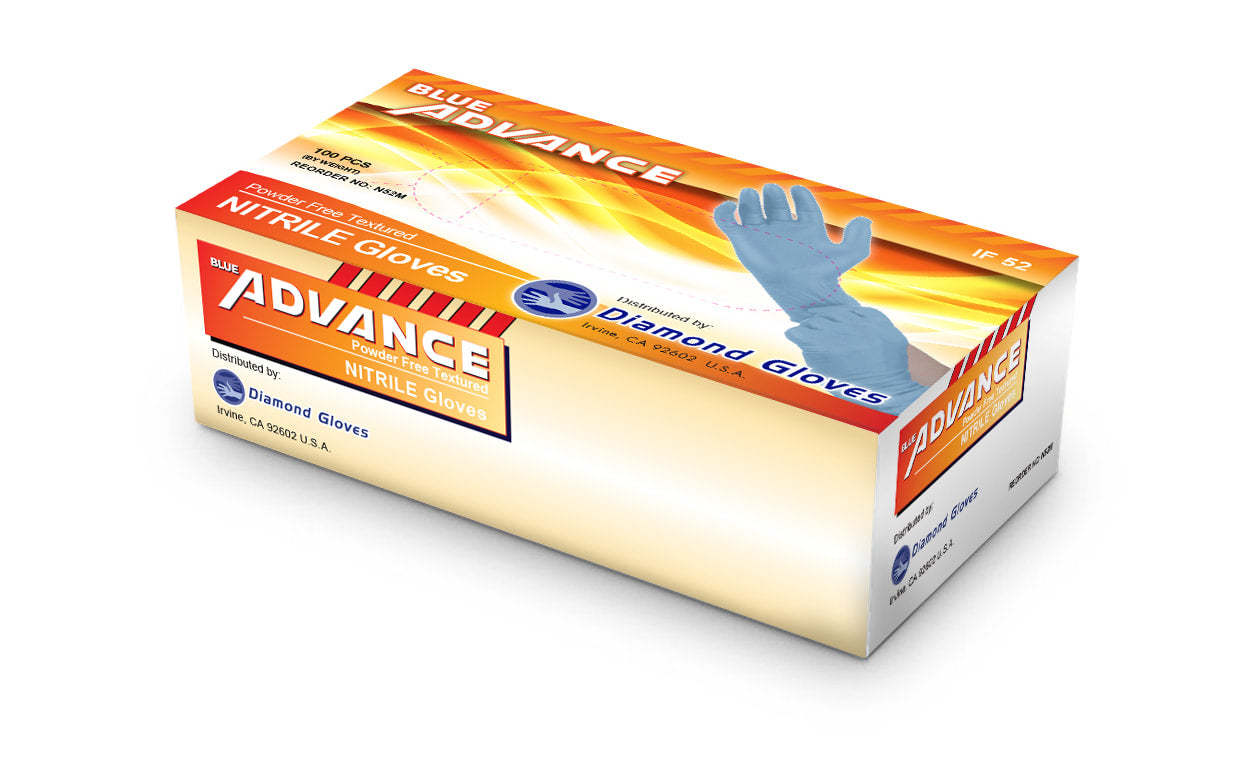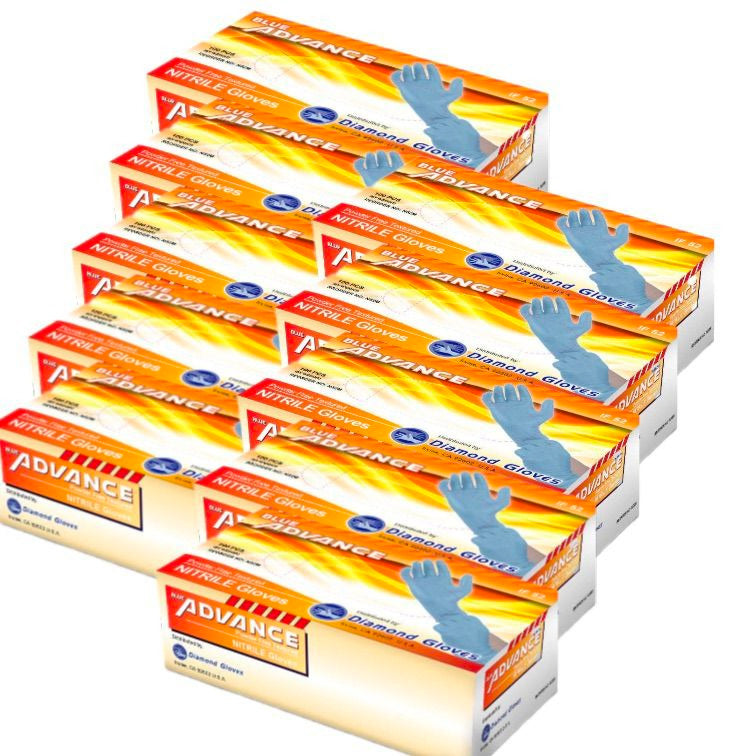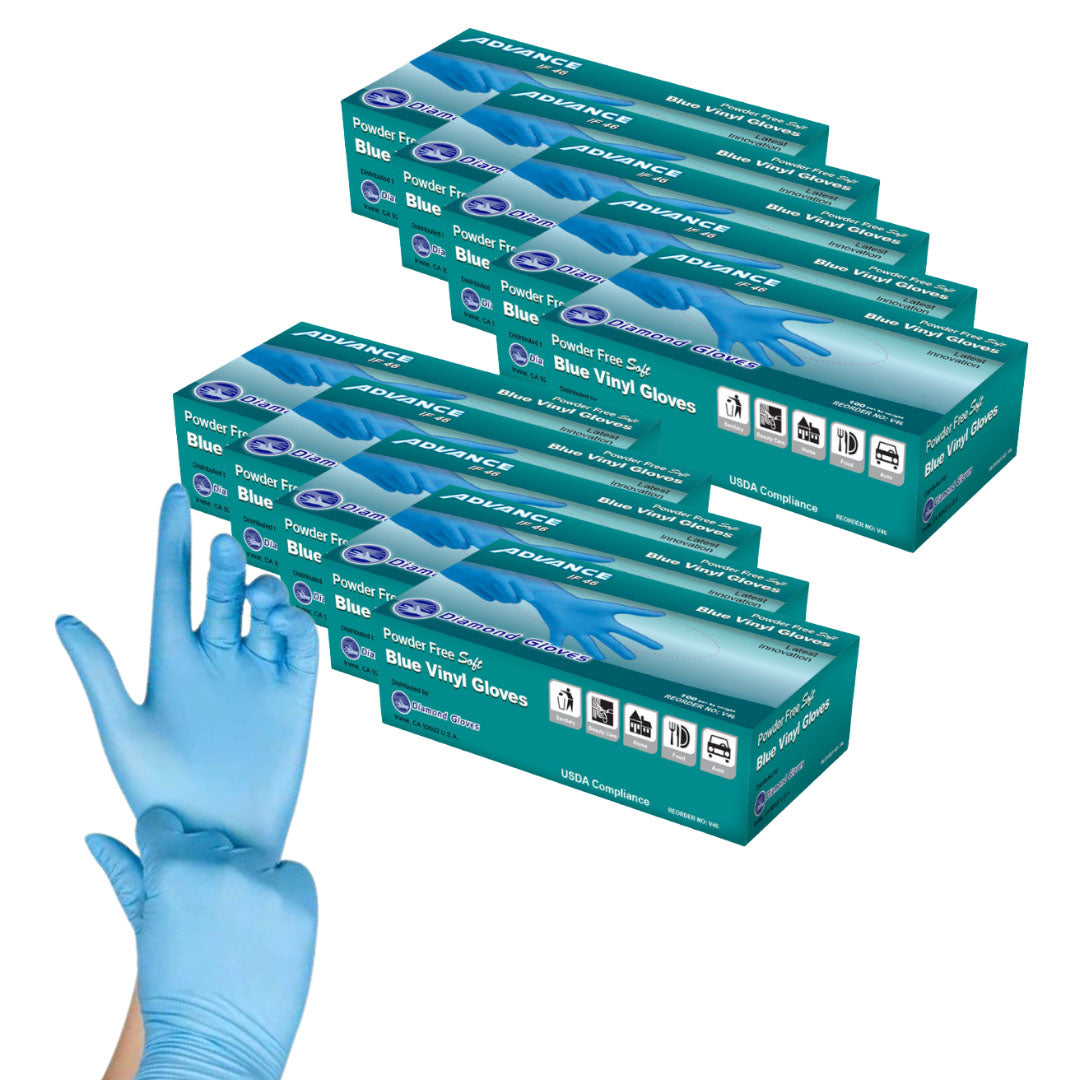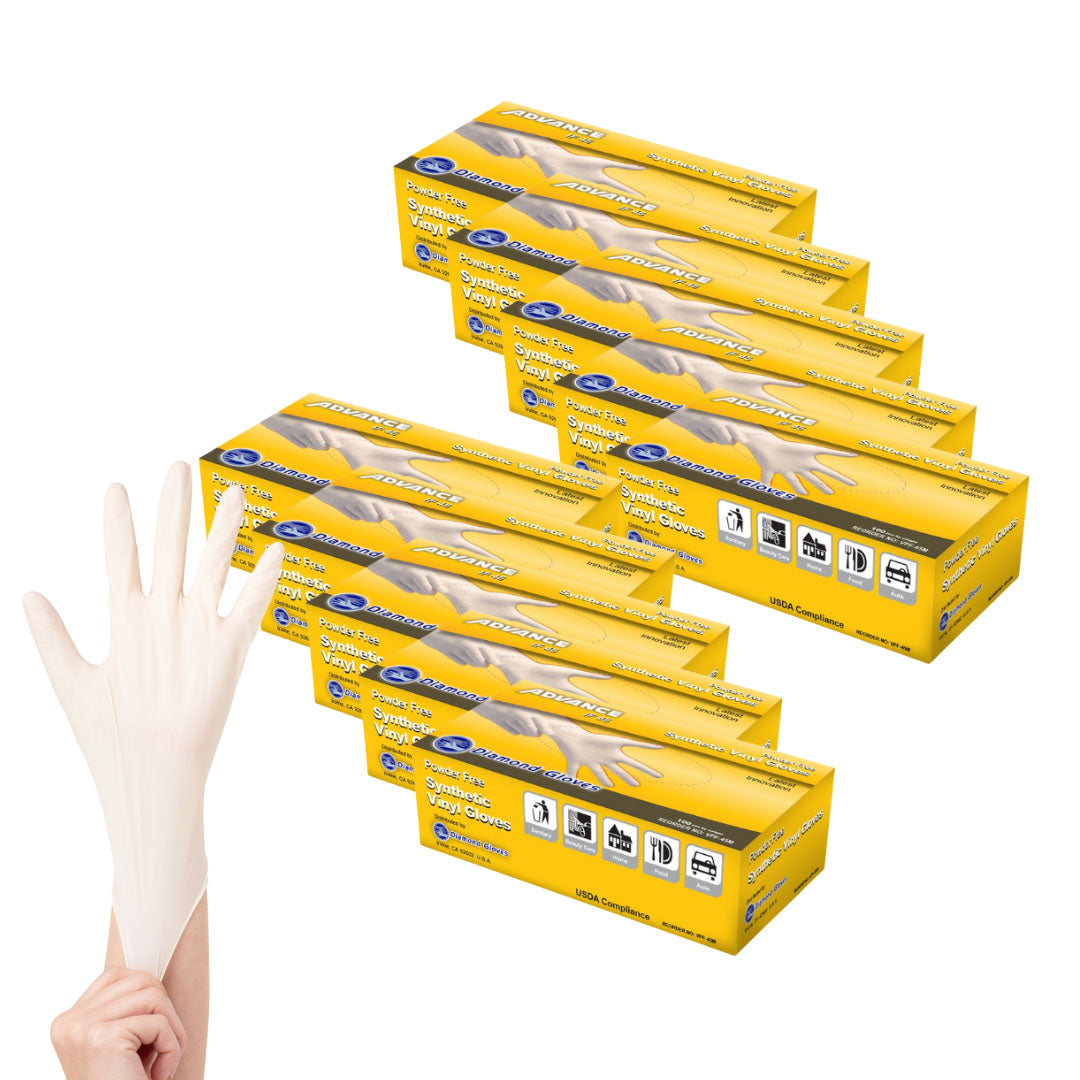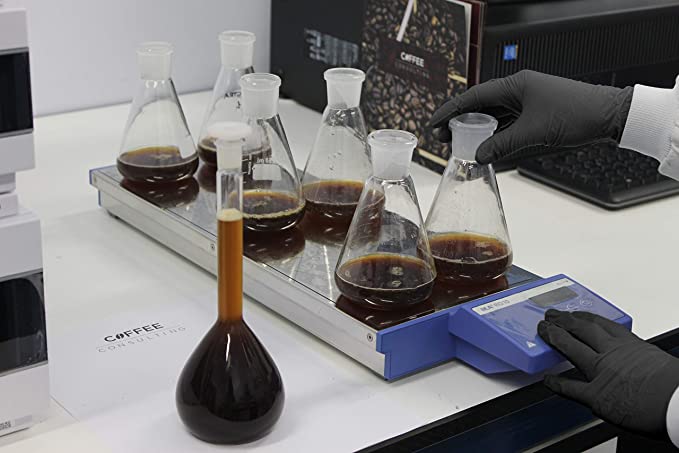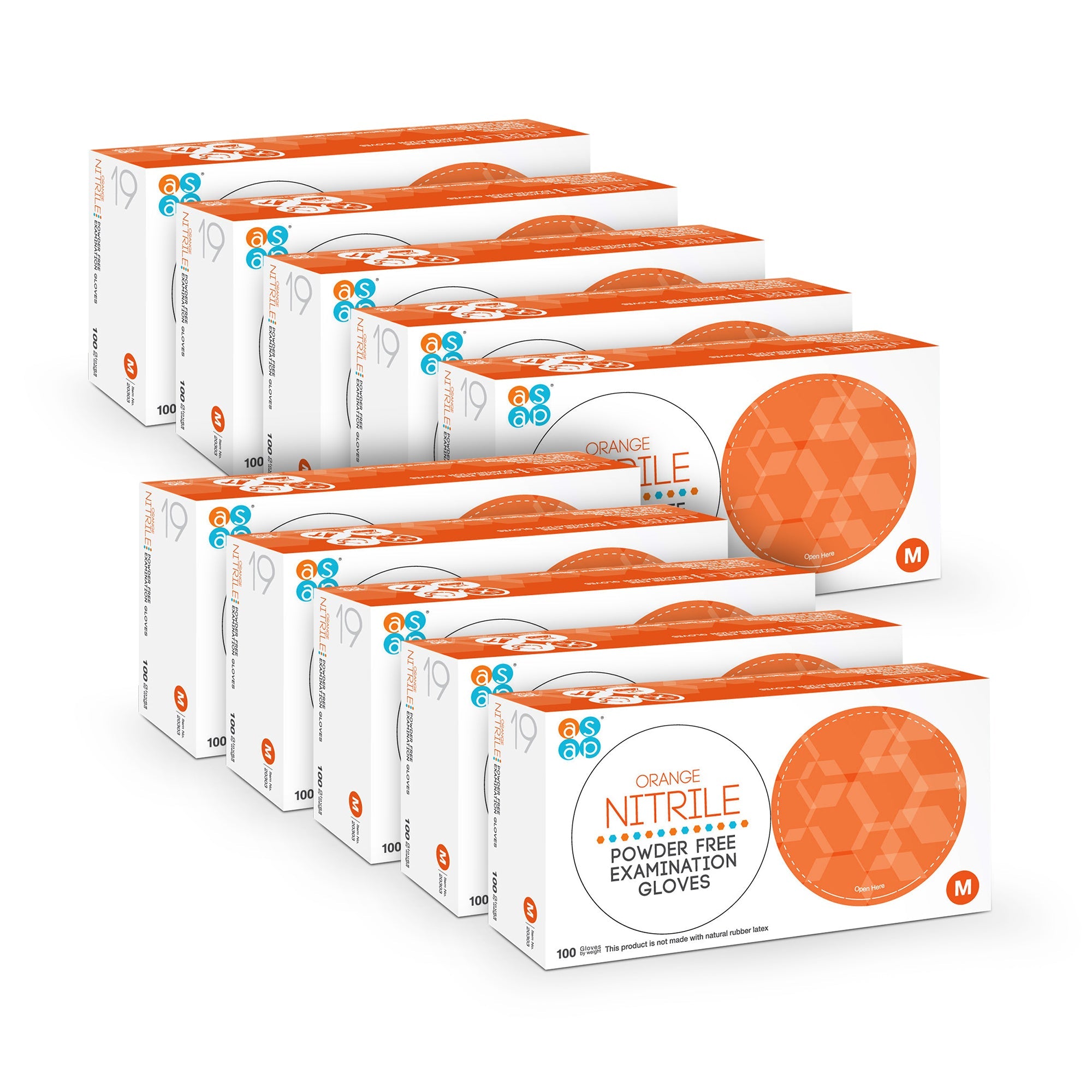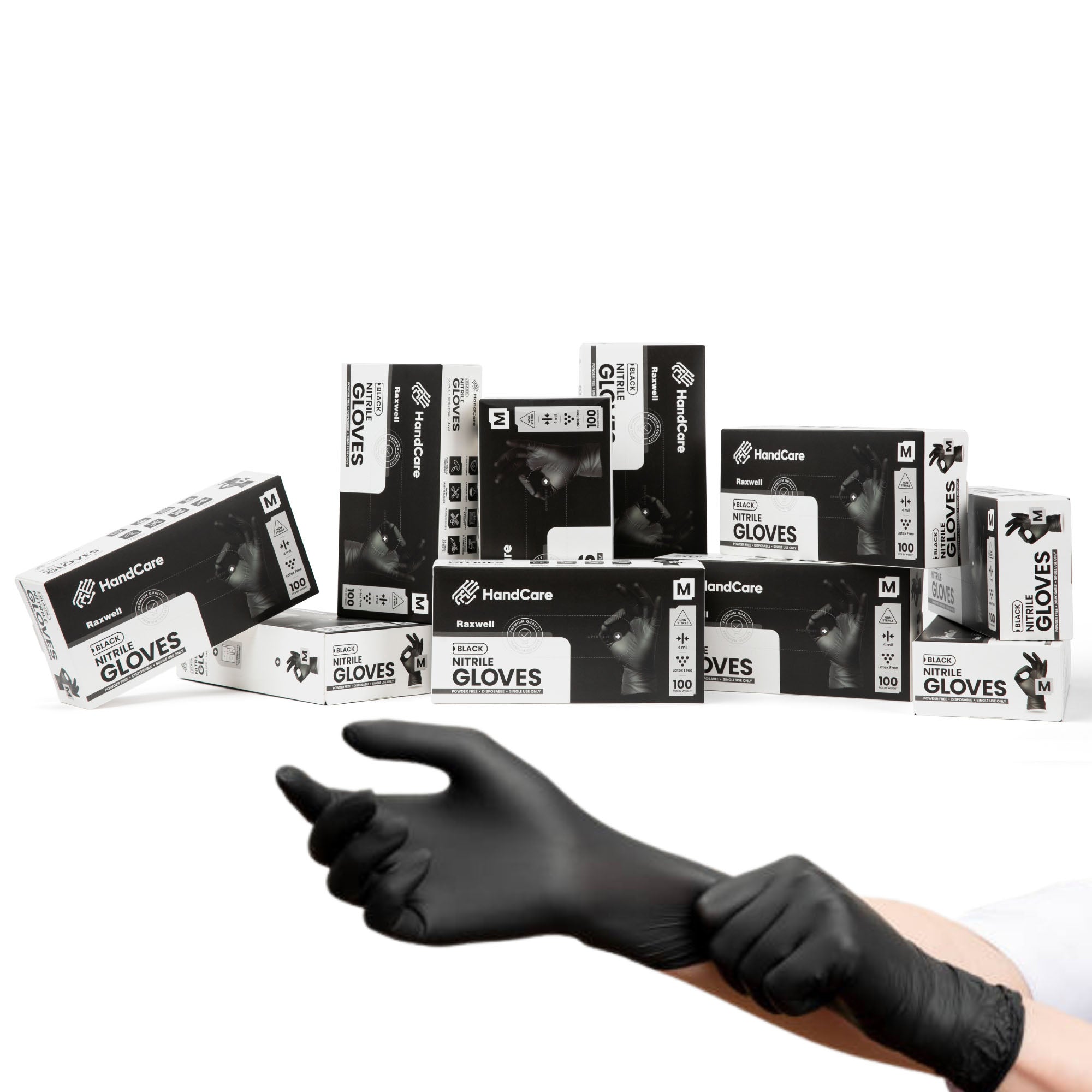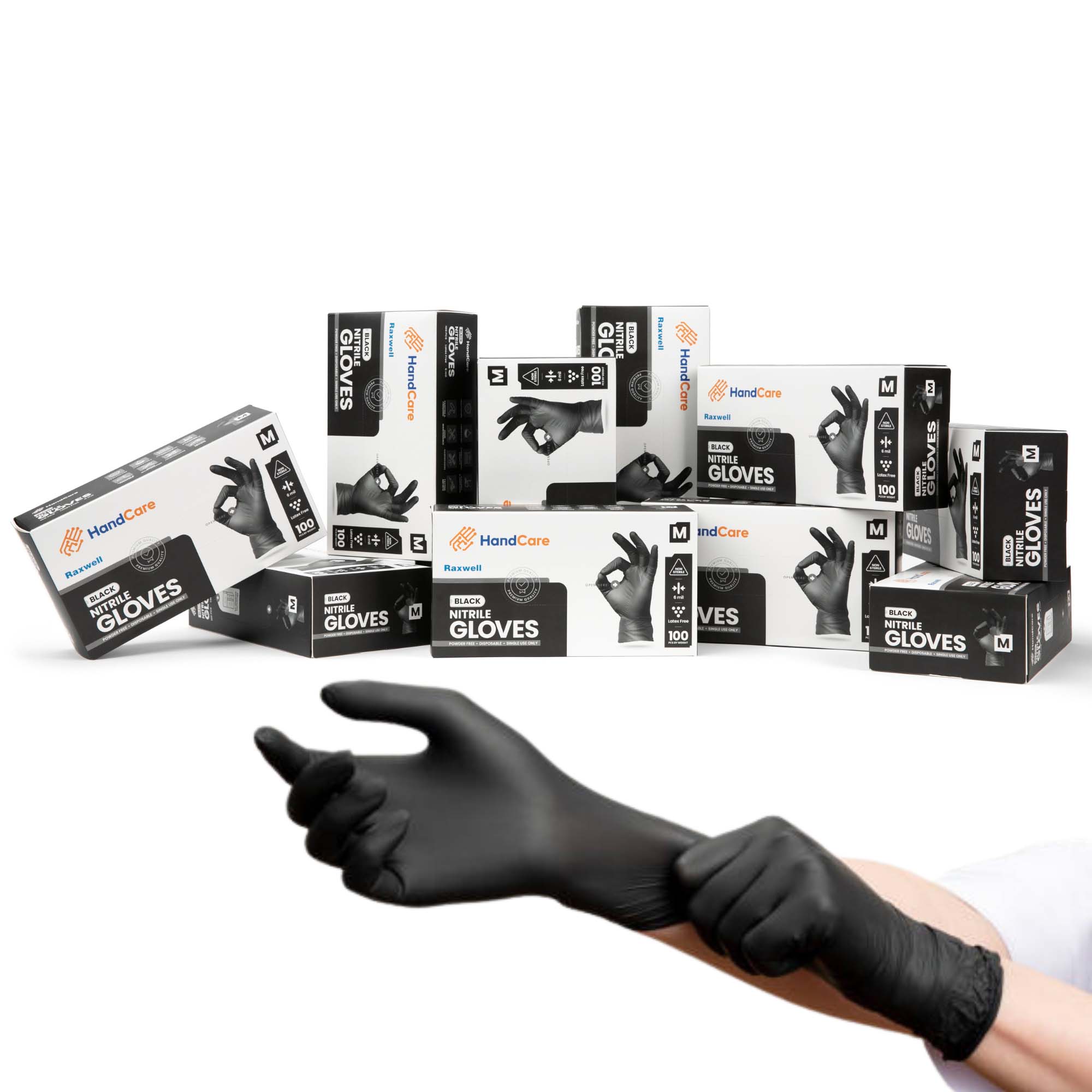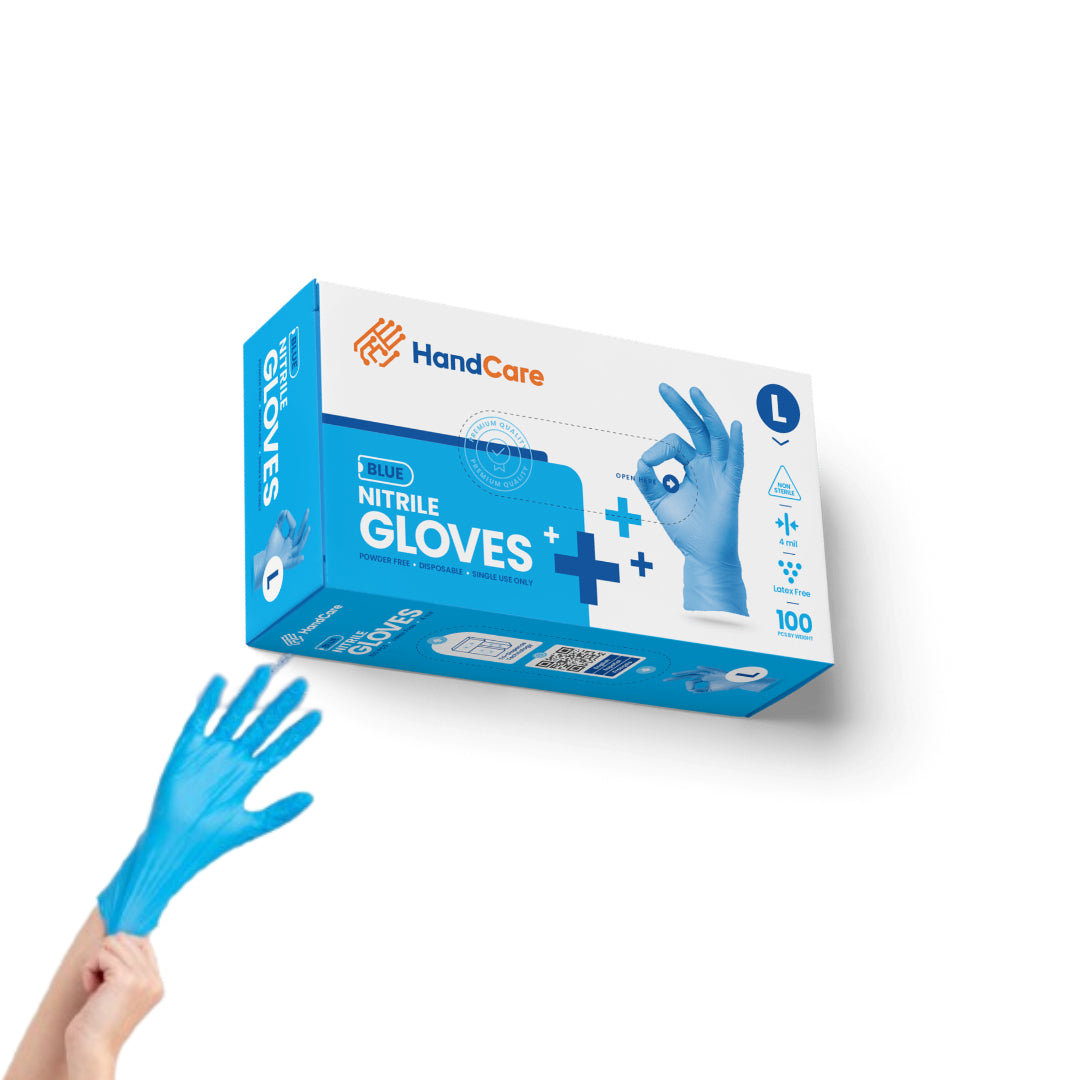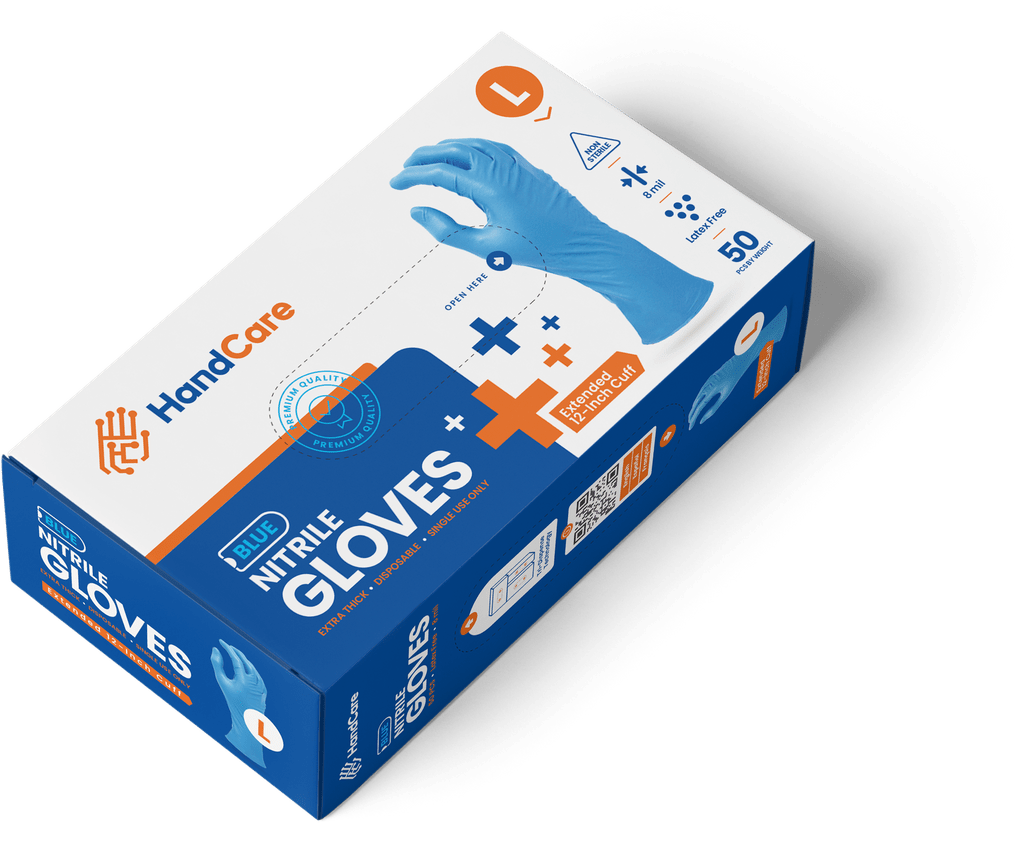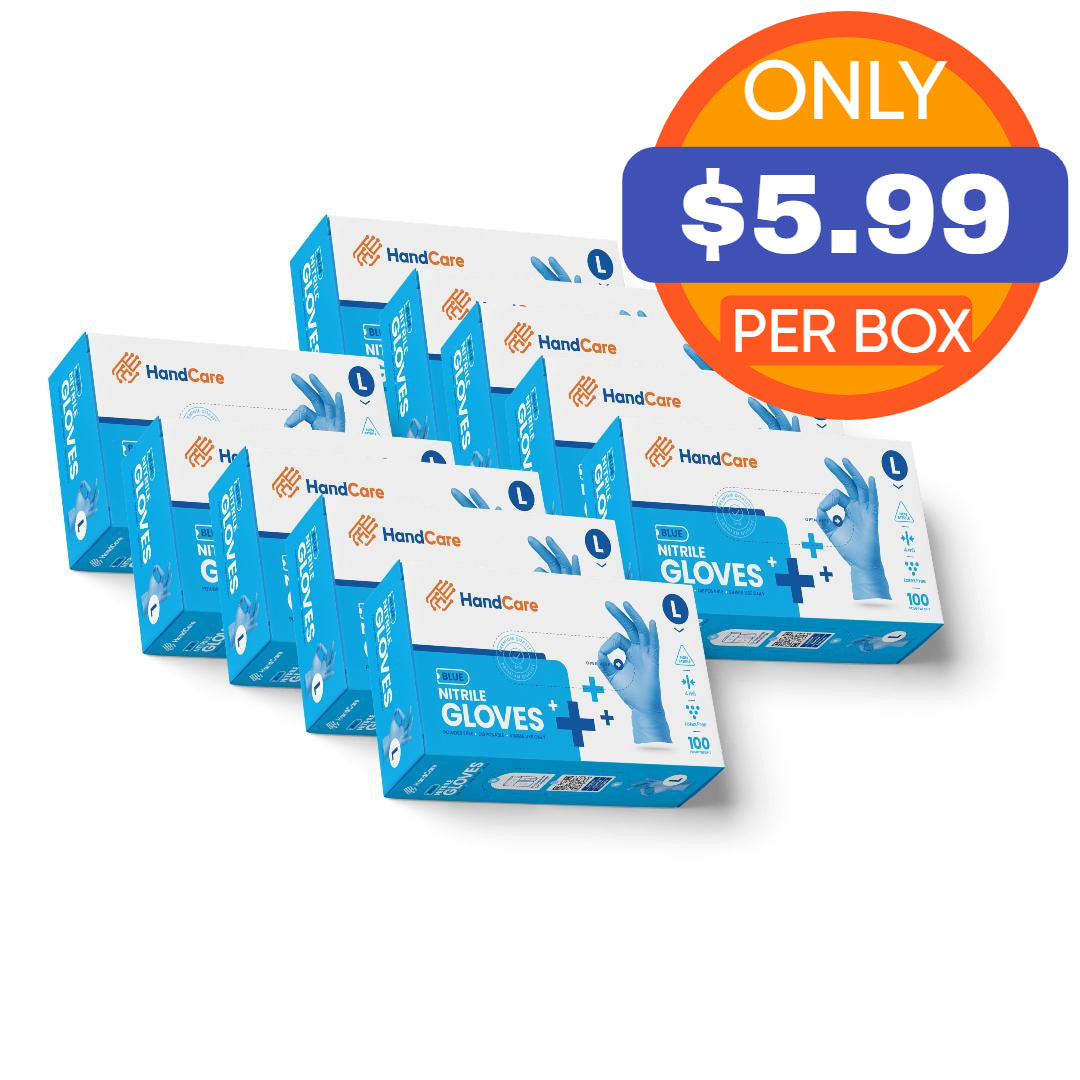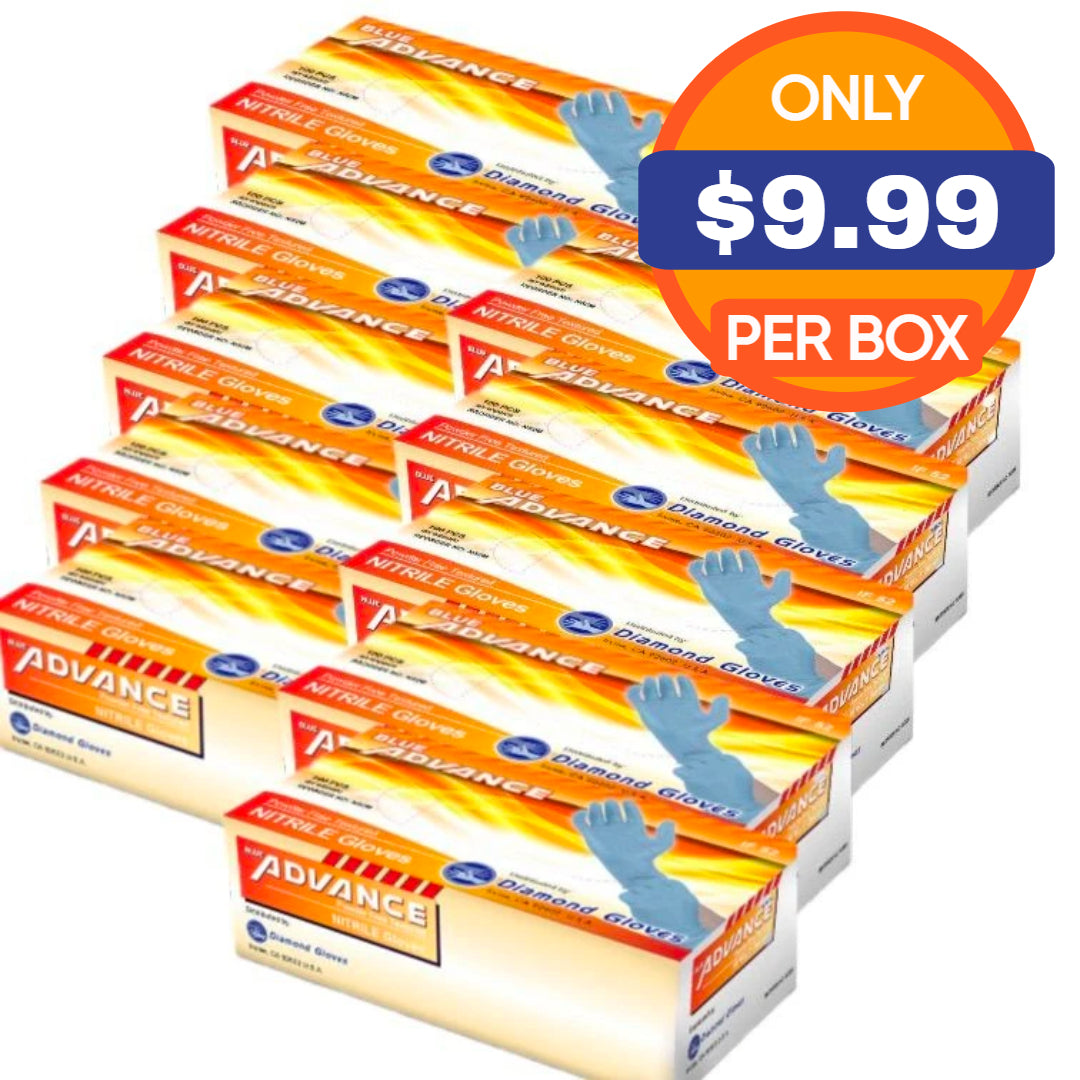Puncture Proof Gloves
Puncture Proof Gloves Best Options
After trying many different type of gloves from amazon, finally found ones with good fit and quality. Would recommend!
Good size, not too tight, not too loose. Strong material, don’t rip like others I’ve used. Recommend
These gloves are thicker and well made. They fit snug, which I like. Met my expectations and would recommend.
What is puncture resistance of gloves?
Puncture resistance in gloves refers to the ability of the glove material to resist being pierced by sharp objects, such as needles, nails, or other fine pointed instruments. This feature is crucial in preventing injuries in various environments like healthcare, construction, or industrial work, where accidental punctures could occur.
The resistance level of a glove is typically rated based on its ability to withstand pressure from sharp objects without tearing or allowing penetration, offering critical protection for the wearer.
What type of glove is puncture-resistant?
Puncture-resistant gloves are typically made from advanced materials like nitrile, Kevlar, or composite fabrics that combine strength and flexibility. These gloves are engineered specifically to prevent sharp objects from piercing the surface, making them suitable for high-risk environments. For example, Kevlar gloves provide exceptional durability and are often used in settings where sharp tools or dangerous materials are handled. Nitrile gloves, while often used in medical settings, also offer a strong barrier against punctures, making them a versatile option for various industries.
What are needlestick gloves?
Needlestick gloves are specialized protective gloves designed to protect against punctures from needles and other sharp medical instruments. They are primarily used by healthcare professionals, law enforcement, and sanitation workers who may encounter needles during their duties. These gloves are reinforced with materials like Kevlar or high-performance polyethylene (HPPE) that resist puncture while maintaining enough flexibility for delicate tasks. The goal of needlestick gloves is to reduce the risk of infection or injury from accidental needle punctures.
What is cut resistant vs puncture-resistant?
Cut-resistant gloves are designed to protect against cuts and lacerations from sharp-edged objects like knives or blades, often using materials like Kevlar, metal mesh, or high-performance polyethylene. Puncture-resistant gloves, on the other hand, are built to resist penetration by pointed objects such as needles, nails, or shards.
While both types of gloves offer protection from sharp objects, the key difference lies in the type of hazard: cut-resistant gloves shield from slicing motions, while puncture-resistant gloves prevent objects from penetrating the glove’s surface.
What is level 4 puncture resistance?
Level 4 puncture resistance refers to a high rating based on the EN 388 standard for personal protective equipment. This rating indicates that the glove can withstand substantial pressure from sharp objects without being penetrated. Specifically, Level 4 resistance means the glove offers the highest level of puncture protection, making it suitable for environments with significant risks of punctures, such as construction sites, medical environments, or industrial settings where sharp tools or materials are handled regularly.
Do needle proof gloves work?
Needle-proof gloves are designed to significantly reduce the risk of puncture from needles, but no glove can offer 100% protection against all types of needles. They are made from reinforced materials like Kevlar or nitrile, providing a reliable barrier against most accidental punctures.
These gloves are highly effective in reducing the risk of injury, particularly in high-risk occupations, but users should still exercise caution as very fine or highly pressurized needles may penetrate in certain conditions.
What are the best gloves to prevent needle stick injury?
The best gloves to prevent needle stick injuries are typically made from durable materials like Kevlar, HPPE, or nitrile gloves and are specifically designed for needlestick protection. These gloves often feature multiple layers of puncture-resistant material, offering enhanced protection in environments where needles or sharp objects are commonly encountered, such as hospitals, waste management, and law enforcement. Popular choices include gloves with reinforced fingertips and palms, which are areas most vulnerable to accidental punctures.
What material is needle proof?
Needle-proof gloves are typically made from materials like Kevlar, nitrile, or high-performance polyethylene (HPPE). Kevlar, known for its high tensile strength, is commonly used in gloves for its ability to resist puncture and tear. Nitrile, a synthetic rubber, offers flexibility and puncture resistance, making it a popular choice in both medical and industrial settings. HPPE is a lightweight, cut-resistant material that also offers puncture protection, making it ideal for gloves designed to shield against sharp objects, including needles.
Where to buy puncture proof gloves?
The best place to buy puncture-proof gloves is gloves.com, where you can find a wide range of high-quality, puncture-resistant gloves for various industries, including medical, industrial, and general work environments.
gloves.com offers a variety of glove materials such as nitrile, latex, and specialized cut- and puncture-resistant options, all at competitive prices with fast shipping and 50% off.
Keep up-to-date with our guides and find the best glove options for your industry
Guides to help you choose

Best Gloves For Pesticides

Is There A Natural Latex


